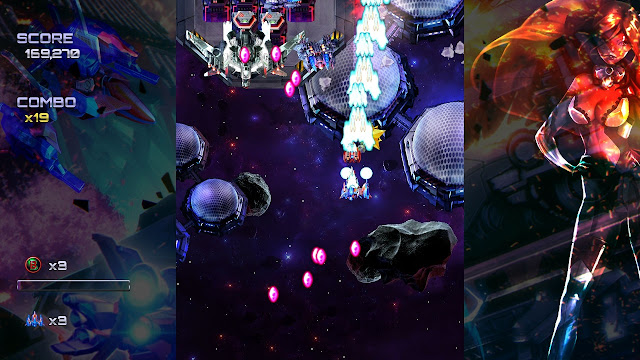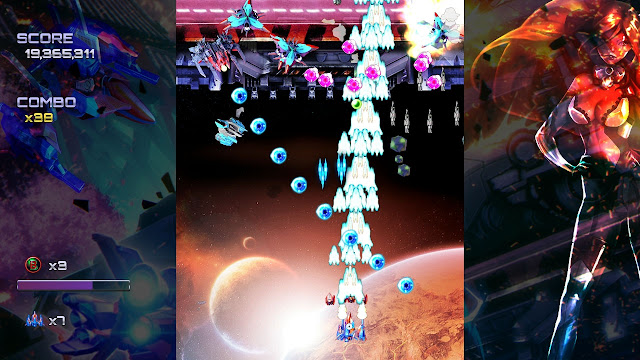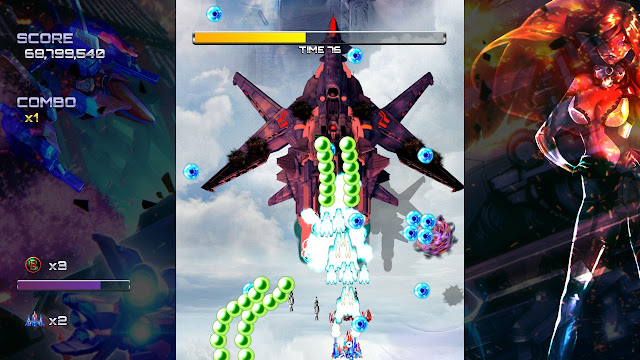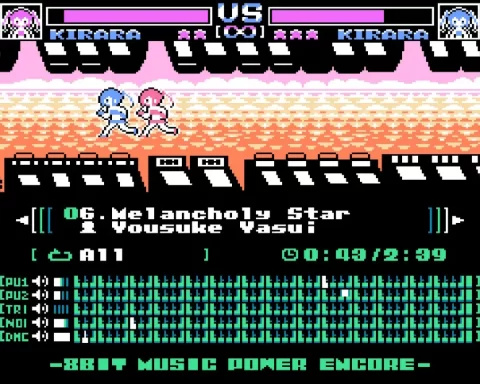Review by Clark A.
While Ghost Blade HD doesn’t quite match the genre’s peak, it’s absolutely a game worth pursuing for genre fans feeling ravenous for selection on PlayStation 4. It’s exactly what you’d expect from a tribute game, offering players a chance to strategically overcome endless barrages of projectiles. Along the way, you’ll grab power-ups and any extra lives you find strewn about, which can subconsciously alter the player’s course in a split second. There’s very little personality to get excited about beyond the occasional enemy design, as even the previously mentioned anime girls amount to little more than a couple static images. No goofy death quotes, charmingly nonsensical backstory, or anything of the sort here. Throw in a combo system, though, and the foundation is solid enough for a game of this scope.
– Clark A.
Anime Editor











